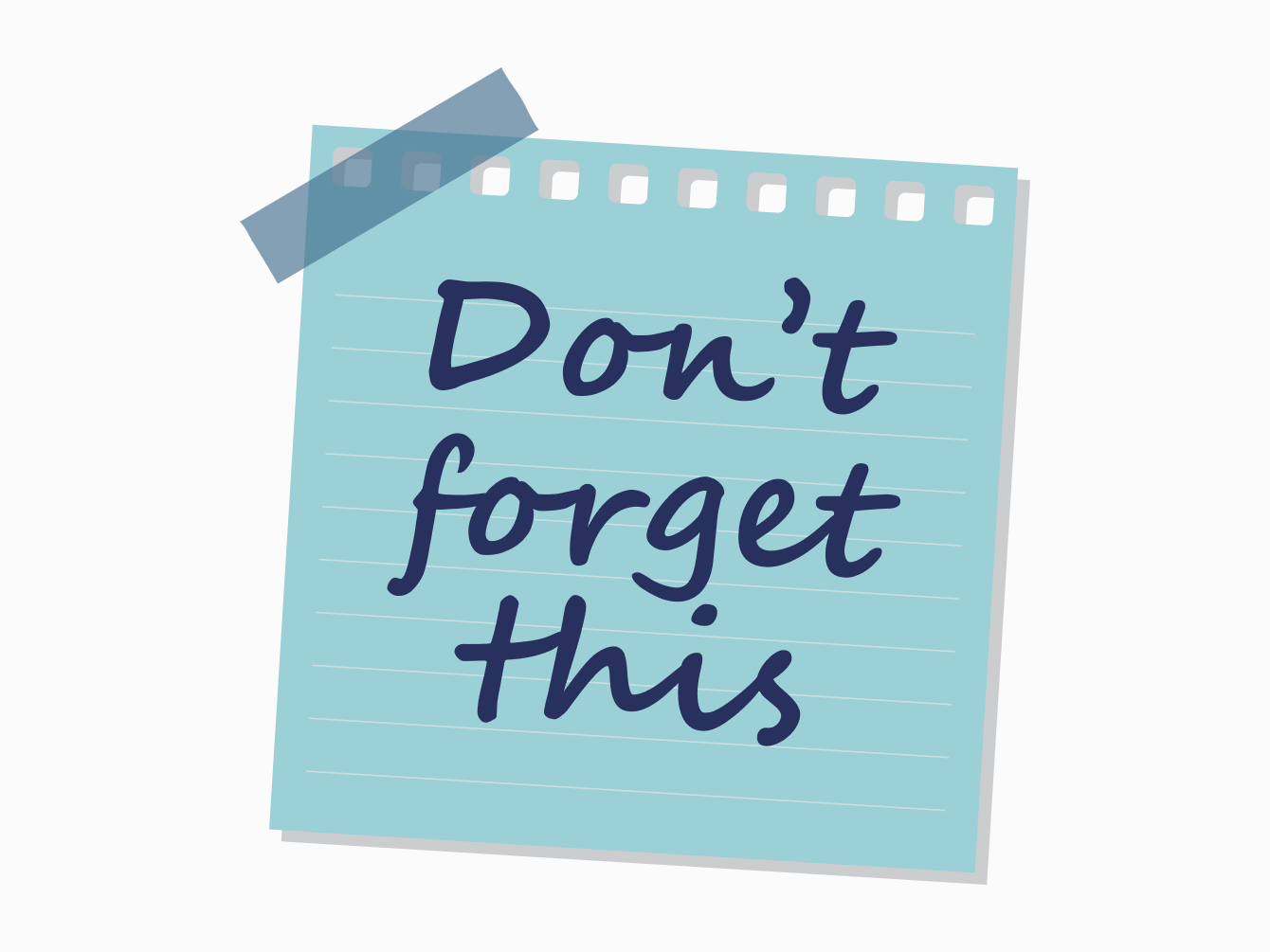Imagine a genius physicist with the teaching style of your favorite uncle. That was Richard Feynman, the Nobel Prize–winning physicist known as “The Great Explainer.” In the 1960s, he lit up lecture halls at Caltech by turning complex science into plain English. His secret? A technique so powerful it now bears his name — and it’s your new best friend for learning faster and remembering more.
Let’s break down how the Feynman Technique works, why it’s so effective, and how you can use it to become a study machine.
What is the Feynman Technique?
At its core, the Feynman Technique is all about teaching a concept, not to an expert, but to a curious six-year-old. If you can simplify your knowledge so clearly that a kid could understand it, then congratulations: you really understand it.
This method forces you to remove jargon, fill in knowledge gaps, and build your understanding from the ground up. It’s especially great for science and math, but it also works wonders for history, economics, or anything with layers of interconnected ideas.
Why It Works: From Fake Understanding to Real Mastery
The Feynman Technique exposes the difference between knowing the name of something and knowing how it actually works. It pushes you to uncover assumptions, dig deeper into concepts, and solidify them in your long-term memory.
It also taps into a superpower called metacognition: thinking about your own thinking. Self-reflection is a proven brain booster, and it’s part of what makes this technique so powerful (and fun).
How to Use the Feynman Technique to Study
Here’s how to apply this technique in your own study routine:
- Pick a topic you’re struggling with — something from your notes or flashcards.
- Teach it out loud — to yourself, your dog, your little cousin, whoever. Try to explain the topic in the simplest words possible.
- Ask “why” like an annoying child. Every time you make a statement, challenge it. (“Gravity pulls things down.” → “Why?” → “Because of mass.” → “Why?” … you get the idea.)
- Cut the jargon. If you can’t explain something without using big, technical terms, you probably don’t understand it yet.
- Use stories and analogies. Turning your explanation into a simple narrative or image will make it easier to remember.
- Actually teach someone. A real human. Ideally, choose someone not familiar with the topic. Bonus points if they ask unexpected questions!
- Refine and repeat. Once you’ve identified the gaps, go back and review. Then try again.
Want to Level It Up? Use Brainscape
Brainscape is a flashcard-based study platform designed around the very cognitive science that makes the Feynman Technique so effective. Each time you answer a flashcard, you rate how confident you were — a metacognitive process that strengthens your memory.
Brainscape’s algorithm uses your ratings to decide exactly when to show each flashcard again, so you spend more time reviewing what you don’t know and less time on what you’ve already mastered.

Over time, this smart feedback loop not only helps you learn faster but actually improves your ability to judge how well you know something. So you're not just mastering your subject; you’re also mastering how to learn.
FAQ: Use the Feynman Technique to Make Knowledge Stick
What is the Feynman technique of learning?
The Feynman technique is a learning strategy based on explaining concepts in simple, everyday language. It’s named after physicist Richard Feynman, who was known for turning complex scientific ideas into easy-to-understand explanations.
How do you use Feynman’s technique?
You choose a topic, try to explain it out loud in the simplest terms possible, identify any gaps in your understanding, and refine your explanation until it’s crystal clear. Teaching someone else, or even pretending to, is a great way to apply it.
How can I apply the Feynman technique to my own learning?
Use it when reviewing flashcards, writing notes, or studying difficult concepts. Anytime you find yourself using jargon or struggling to simplify something, that’s a sign you’ve found a learning opportunity.
What is the Feynman technique for learning complex ideas?
It’s especially powerful for breaking down complicated subjects by forcing you to simplify, question, and rebuild your understanding. Instead of memorizing terms, you’re building a mental model that actually makes sense.
TL;DR: Teach It to Learn It
The Feynman Technique is deceptively simple: if you can teach it clearly, you understand it deeply. It’s a brain workout that exposes your weak spots, sharpens your thinking, and makes your knowledge stick like glue.
When you pair it with tools like Brainscape — the ultimate study weapon — you’re not just memorizing facts. You’re learning how to learn. And that’s a skill that’ll serve you in every class, career, or curious Google spiral for the rest of your life.
So go forth. Get curious. Explain it like you’re talking to a six-year-old. That’s when you’ll know you’re crushing it.
Additional Reading
- How long-term memory retention works
- Does Reading Out Loud Cause You to Remember Things Better?
- Do Mnemonics & Other Memorization Techniques Really Work?
References
Ambion, R. I. A., De Leon, R. S. C., Mendoza, A. P. a. R., & Navarro, R. M. (2020). The Utilization of the Feynman Technique in Paired Team Teaching Towards Enhancing Grade 10 ANHS Students’ Academic Achievement in Science. 2020 IEEE Integrated STEM Education Conference (ISEC). https://doi.org/10.1109/isec49744.2020.9397848
Feynman, R. (1983, July). Physics is fun to imagine [Video]. TED Talks. https://www.ted.com/talks/richard_feynman_physics_is_fun_to_imagine/discussion?subtitle=en
Gleick, J. (2024, June 20). Richard Feynman | Biography, Nobel Prize, Books, & Facts. Encyclopedia Britannica. https://www.britannica.com/biography/Richard-Feynman
Oxford Learning. (2024, April 19). The Feynman Technique: Study skills’ secret weapon - Oxford Learning. https://www.oxfordlearning.com/the-feynman-technique-study-skills-secret-weapon/
University of Colorado Boulder. (2023, April 3). The Feynman technique. A&S Academic Advising and Coaching. https://www.colorado.edu/artssciences-advising/resource-library/life-skills/the-feynman-technique-in-academic-coaching
